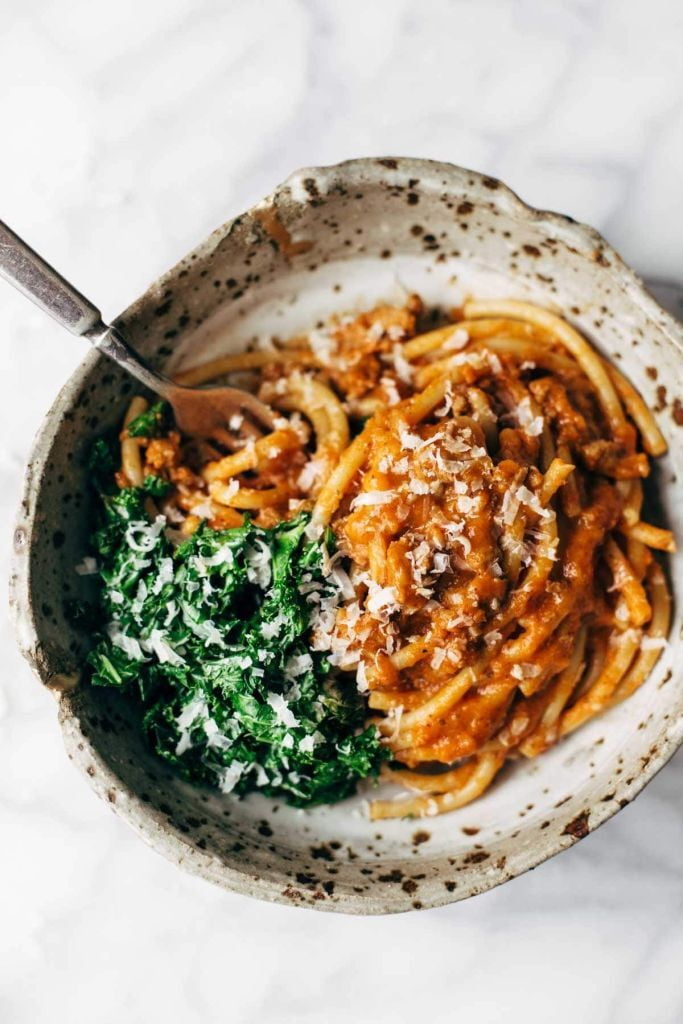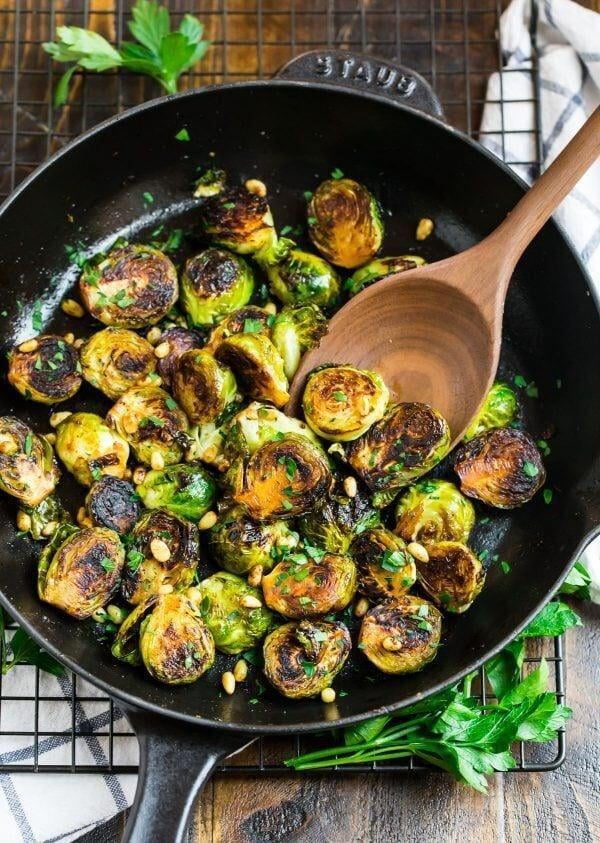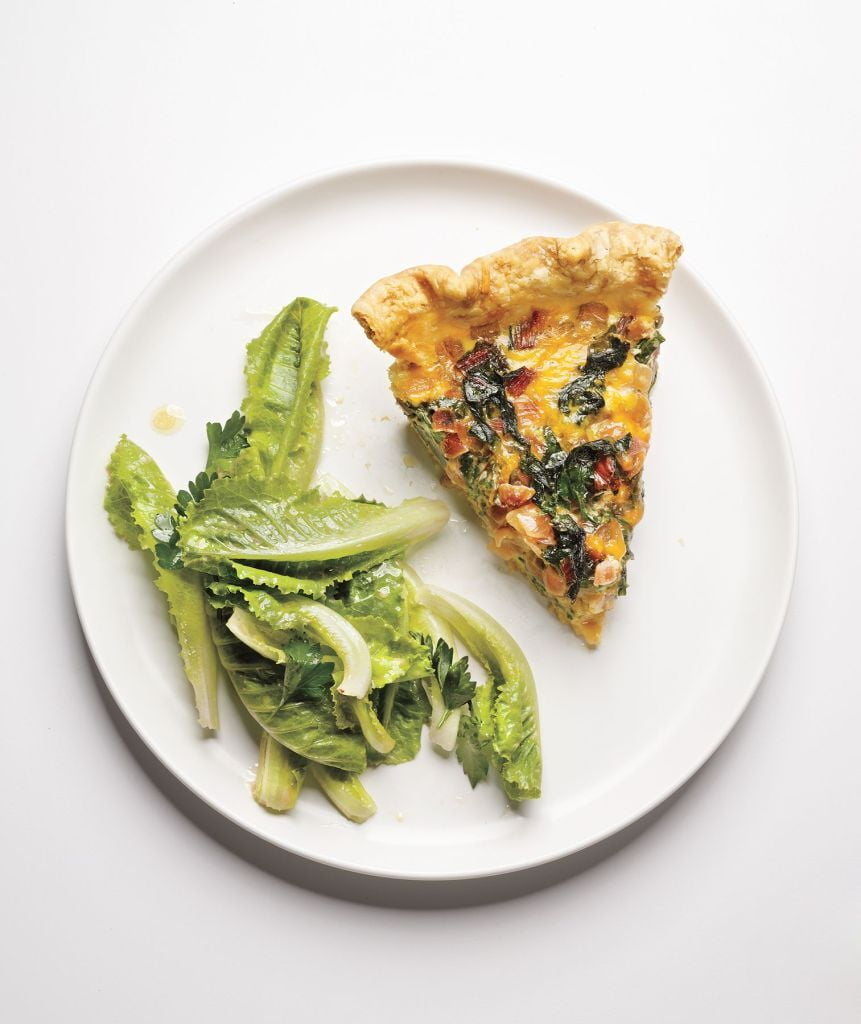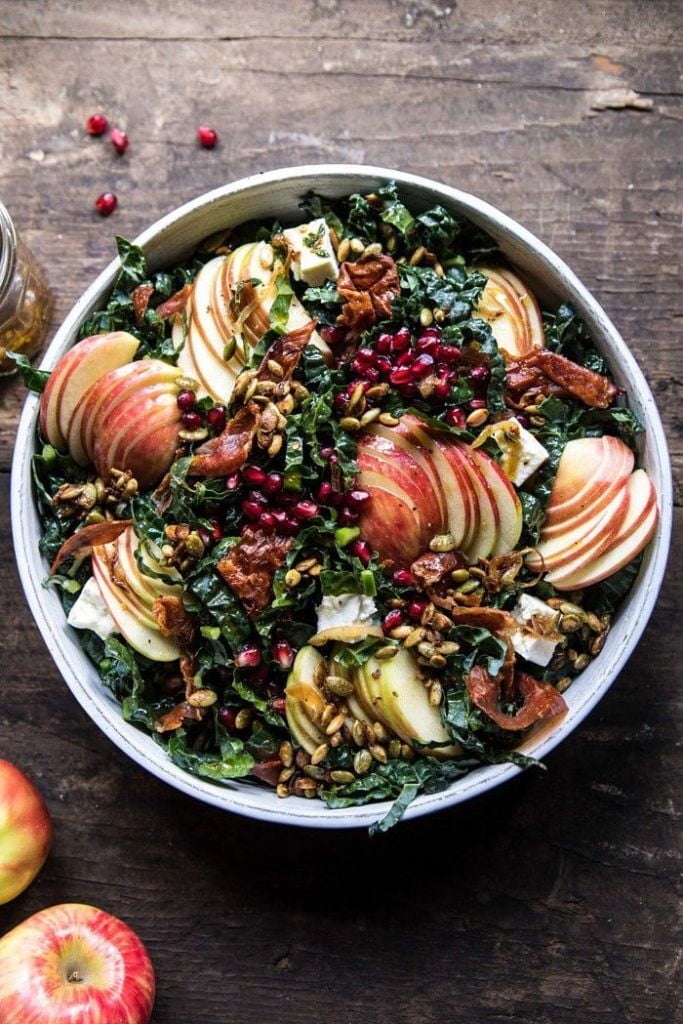We are smack dab in the middle of fall now, which means every where you turn you are surrounded by pumpkin spice this, and apple-cranberry that! If you are fan of fall foods like I am, then I’d encourage you to take advantage of what the season has to offer. The benefit of eating seasonally is that you introduce new foods (that aren’t necessarily available year around) which opens up more ingredients to work-with in the kitchen. Plus, by eating a variety of fruits and vegetables you maximize your nutrient intake which means more health benefits.
Here are my favorite fall fruits and veggies including why you should eat them and ideas for preparing them.
Pumpkin
Pumpkin is definitely the star fruit of the season. When September hits you can find it everywhere—in your Starbuck’s latte, as a soup selection at your local cafe, and then of course in every form of baked good you can imagine
Pumpkin has an impressive nutrient profile due to it’s high concentration of beta-carotene. Beta-carotene is one of many different types of carotenoids that serve as precursors to vitamin A. Vitamin A functions as an antioxidant in the body and plays a vital role in maintaining healthy eyes, a strong immune system, and supple skin.
Once cup of cooked pumpkin contains over 200% of your daily recommended intake of vitamin A. There are very few fruits or vegetables that outrank pumpkin in its vitamin A content.
While pumpkin is typically packed into items containing a lot of sugar (think pumpkin muffins, cakes, or cookies) pumpkin works well in savory applications too, like this—Creamy Pumpkin Spaghetti with Garlic Kale from Pinch of Yum. Or if you ant something on the sweeter-side (but still good for you) try this Pumpkin Baked Oatmeal (featured image) by the The Real Food RD’s.

Brussel Sprouts
There is nothing I love more than cooking up big pan of crispy, golden Brussel Sprouts to munch on throughout the week
Brussel Sprouts are a part of a larger family of vegetables known as cruciferous vegetables. What distinguishes cruciferous vegetables from others is that they contain sulfur-containing phytochemicals. Phytochemicals are simply compounds in plant that give a plant it’s color, smell, or taste (slightly bitter in the case of Brussel Sprouts). When Brussel Sprouts are cooked these phytochemical are transformed into isothiocyanates which are believed to play a role in fighting various forms of cancer.
Anyone who’s had a bad experience with Brussel Sprouts has likely experienced them either underdone or overdone. Boiling is one of the best ways to ensure that you crucify these baby cabbages and bring out their pungent sulfur smell, not to mention turning them into mush.
That said, don’t overcook them! My vote is roasting them in hot oven until they are evenly caramelized and tender. To do this, cut them in half, toss them with olive oil, a sprinkle of salt and pepper, and then place them cut-side down on a sheet pan lined with parchment or foil. Pop them in a pre-heated oven at 400 degrees and let them cook for approximately 20 minutes, turning them half-way through the cooking time.
If you don’t want to heat up your house, you can also opt for sautéing them in a cast-iron pan like these Sautéed Brussel Sprouts from WellPlated. Or you can skip the stove altogether and shred them for a Kale & Brussel Sprout Salad with Pecorino from the Food Network.

Swiss Chard
While Kale gets a lot of attention in the health space, it’s close relative Swiss chard also deserves some love. In fact, if we are comparing the two on looks alone, Swiss chard is the winner– with it’s big, bright green leaves and colored stems ranging from shades of white, orange, purple, or red.
Beyond it’s good looks, Swiss chard is an excellent source of vitamin A, C, and magnesium. It also happens to be one of the best sources of vitamin K. One cup of cooked Swiss chard contains over 600% of your daily recommended intake. Vitamin K is important to blood clotting functions and promotes strong bones.
Because Swiss chard can taste somewhat bitter when eaten raw, I prefer to incorporate it into cooked dishes likes pasta, soups, stew, or this Swiss Chard and Cheddar Quiche from Real Simple. I will definitely be putting this on my menu next brunch menu!

Apples
It’s only right to end this post on a sweet note. So let’s talk apples. Sure you can get apples year around these days, but the best apples to be found are the ones picked fresh from the orchard during the months of September to October.
While growing up, my dad ate an apple a day (actually, sometimes multiple apples per day). I thought it was strange, until 20 years later I find that I eat them almost as regularly. What’s the saying ‘an apple a day keeps the doctor a way’? I think there might be some truth to this statement.
One apple contains approximately 100 calories, 4 grams of fiber (soluble and insoluble), is a good source of vitamin C, and is chock-full of of phytochemicals including quercetin, catechin, chlorogenic acid, anthocyanin. Research has shown that apple consumption is linked to a reduced risk of cancer, cardiovascular disease, type II diabetes, and asthma.
Moreover, apple’s high fiber content has been shown to be helpful for weight-control. This is largely due to it’s fiber content; consumption of high fiber foods like apples help control bloods sugar by slowing digestion which prevents overeating.
To get the full health benefits of apples make sure to eat its skin, that’s where the majority of fiber and phytonutrients are concentrated. Apples serve a convenient hand-held snack but I also like them chopped up and served on a big bed of greens like this Honey Crisp Apple and Kale Salad by Half-Baked Harvest. I mean, how gorgeous is that?

Well, I have given you my four favorite produce picks of the season. Yet there are still plenty of other veggies and fruits to choose from this time of year.
Fruits and Vegetables Available During Fall
- Arugula
- Beets
- Butternut Squash
- Cranberries
- Grapes
- Pears
- Pomegranates
- Kale
- Leeks
- Sweet Potatoes
As I mentioned in last week’s post, there is no reason to feel that eating healthy has to be tasteless or boring. The ingredients we have at our disposal are endless and recipe inspiration is all around us. Now, head to your grocery store or farmer’s market and pick-up some produce.
And before you go, let me know what you are planning on cooking in the comments below.
Alisa